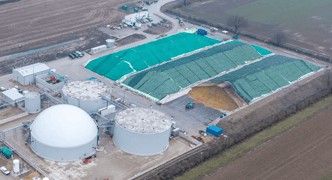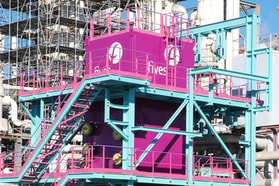CCS needs faster deployment to meet net zero targets, says new research
To meet Paris Agreement targets, researchers have discovered that carbon capture and storage (CCS) technology must see more rapid deployment, despite it being ‘ready and available’ in all power generation and industrial sectors that require decarbonisation.
Published in the journal ’One Earth’, the paper, entitled ‘Carbon capture and storage at the end of a lost decade’ is a joint effort between scientists from the University of Edinburgh (UoE), University of Oxford, and University of Strathclyde.
The ten-year study examined the progress of CCS in addition to all planned projects worldwide, revealing that, although the technology is ready for use, the current rate of construction will only deliver 10% of what is required to reach net zero by 2050.
Likening the progress to ‘planting trees to capture carbon dioxide (CO2) but on a much bigger scale’, Professor Stuart Haszeldine, Scottish Carbon Capture & Storage (SCCS) Director, University of Edinburgh, said, “The best time to plant a climate tree was 30 years ago, the best time to build a CCS project to permanently store CO2 is right now.”
... to continue reading you must be subscribed












